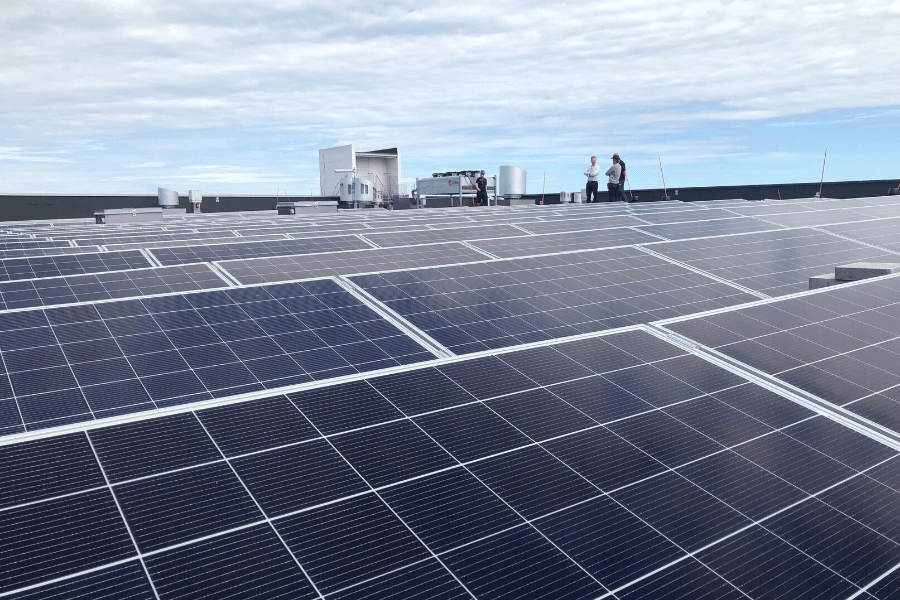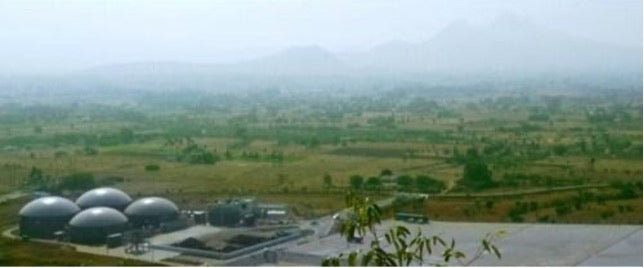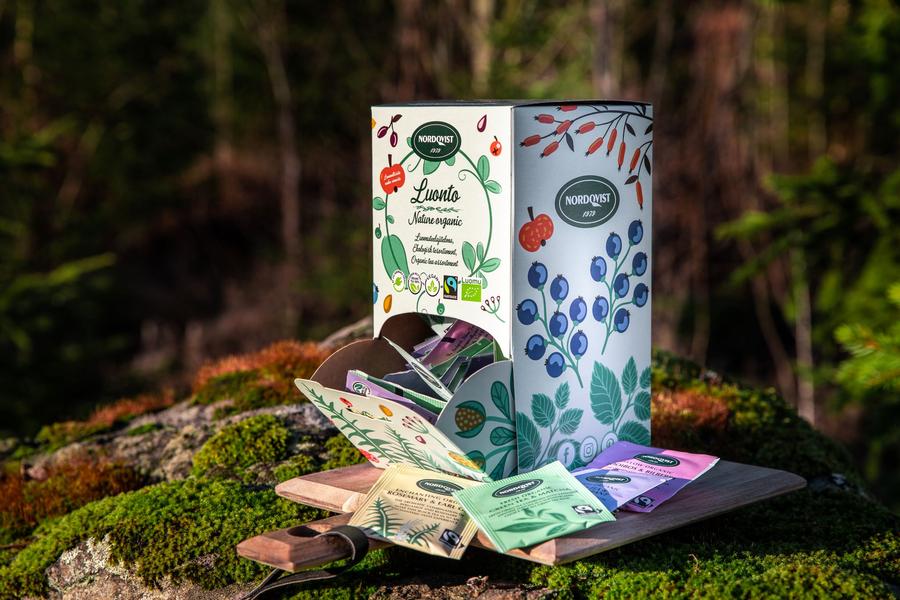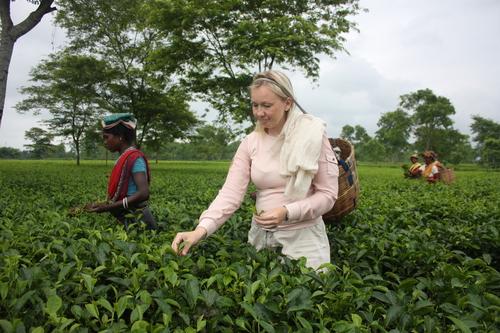Carbon footprint and emission compensation
At Nordqvist, we have paid attention to tea emissions, their reduction and compensation. Our goal is to produce and prepare delicious tea as ecologically and ethically as possible.
What is a carbon footprint?
The carbon footprint includes all emissions related to growing, packaging and consuming the product. They consist of carbon dioxide, but also other greenhouse gases, such as methane and nitrous oxide. Other greenhouse gases are converted to carbon dioxide when calculating the carbon footprint to facilitate comparison.
The carbon footprint can be calculated for various actions, services and products, such as for example a meal eaten or a trip driven by car. The carbon footprint of one product or action is the total amount of emissions from all the greenhouse gases it causes and converted into carbon dioxide. If we think of, for example, one cup of tea, its emissions consist of growing the tea all the way to boiling the water.
What does tea's carbon footprint consist of and how can it be reduced?
We reduce our carbon footprint most effectively when we develop the production side. That's why we use versatile renewable energy in the manufacture of our products. Hydropower, bio-based fuels and solar panels are driving more ecological tea. Our factory in Nurmijärvi runs entirely on renewable energy.
Tea's carbon footprint is also affected by its packaging materials. That's why we pay attention to the recyclability of the packaging. Unbleached filters have been used as teabags, which have not been fastened with staples. You can put them in organic waste as they are. The outer packaging, on the other hand, is made of cardboard, and it can be recycled like other cardboard packaging.
In your own kitchen, you can greatly influence the final carbon footprint of a cup of tea. Surprisingly, boiling water can increase the carbon footprint of tea by half. The most important thing would be to boil water only the necessary amount. The easiest way to reduce your everyday carbon footprint is to measure your tea using, say, your favorite cup.
Tea produced with solar energy
When the new factory in Nurmijärvi opened, we switched to using renewable energy. Solar panels were installed on the roof, with the help of which we use sunlight as an energy source. This is how we bring sustainable development to every tea moment on a whole new level!

Nordqvist's solar panels give us useful information. By February 2020, we have already saved more than 16,000 kilograms of carbon dioxide emissions and more than 50 trees with the help of solar panels. The panels absorb solar energy from direct light, but also from diffuse radiation. It comes from the atmosphere and clouds and from the ground when direct sunlight reflects off them. In Finland, we get a lot of diffuse radiation, even though there may be less direct sunlight from time to time.
The reason why we invest in sustainable energy solutions is the desire to make responsibly produced tea available. The consumer cannot make a responsible choice unless a responsible alternative is available. We make sure that the right solution is available - and one that tastes charming.
Emissions compensation
In addition to reducing the carbon footprint, it can be compensated. Reimbursement means promoting zero emissions in addition to changing one's own operations. For example, refunds for air travel are becoming more familiar. In practice, the refund means, for example, financing various projects aimed at the well-being of the climate.
In order to make Nordqvist an even more sustainable tea house, we are offsetting the carbon footprint of tea through Nordic Offset.
Through Nordic Offset, we are involved in a waste-to-energy project located in Namakkal, India, which converts up to 120,000 tons of chicken litter and organic waste from the starch and sugar industry into renewable electricity per year.

The project supports local small farmers in a large tea-producing country in implementing sustainable agriculture. Bio-based electricity is produced from unused, space-consuming waste and at the same time methane emissions in the air are prevented and jobs are offered to locals.
The carbon footprint of tea can therefore be reduced on many levels and in many ways, both here at Nordqvist and in the home kitchen. Take the first step on a more ecological path and enjoy a cup of carbon-credited Nature's tea.






